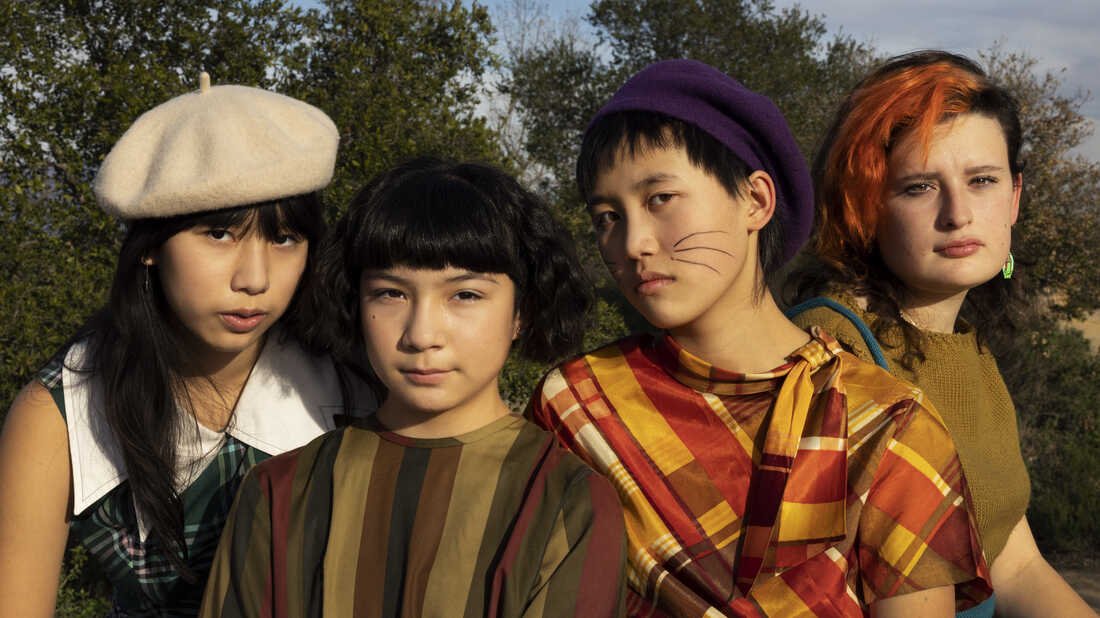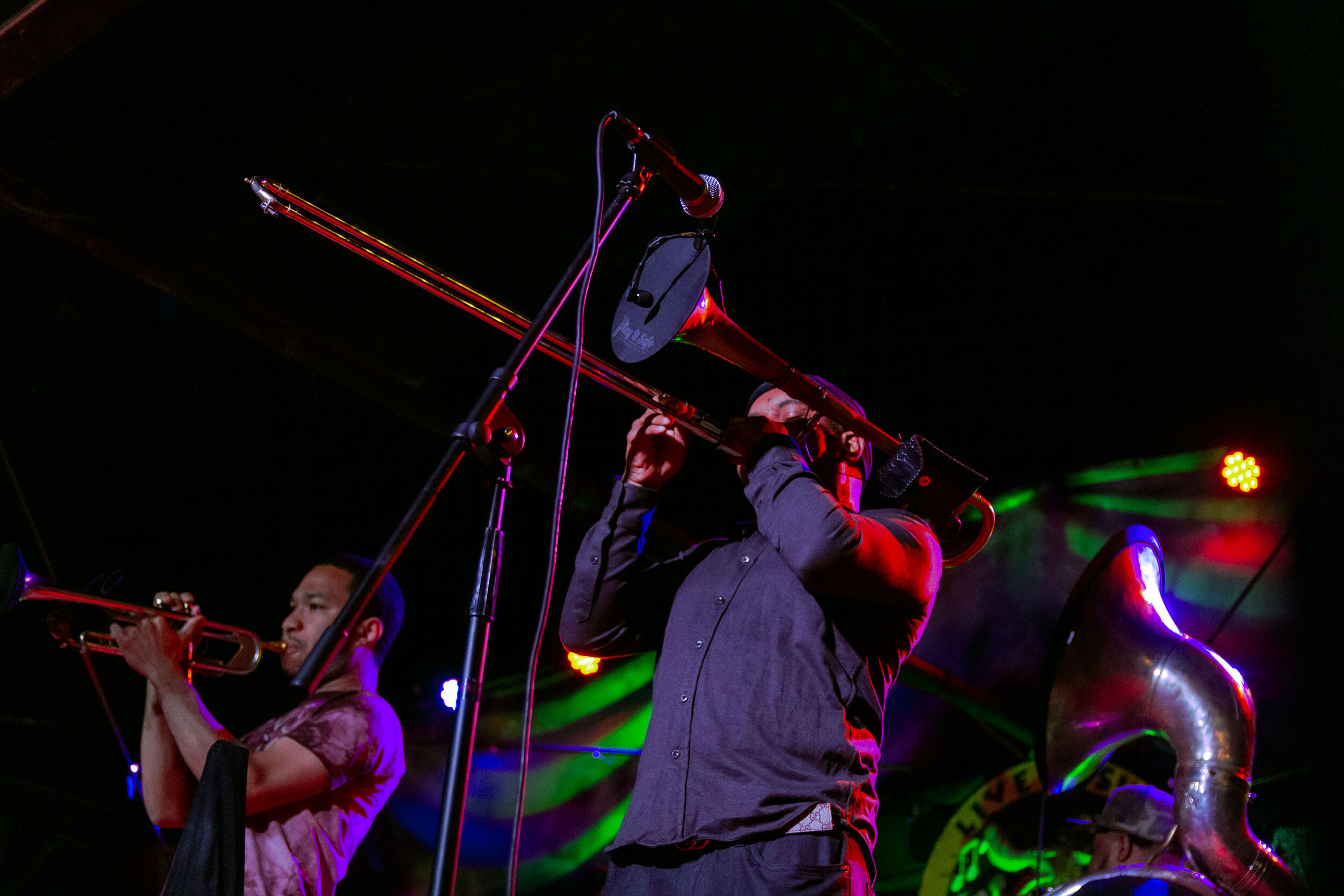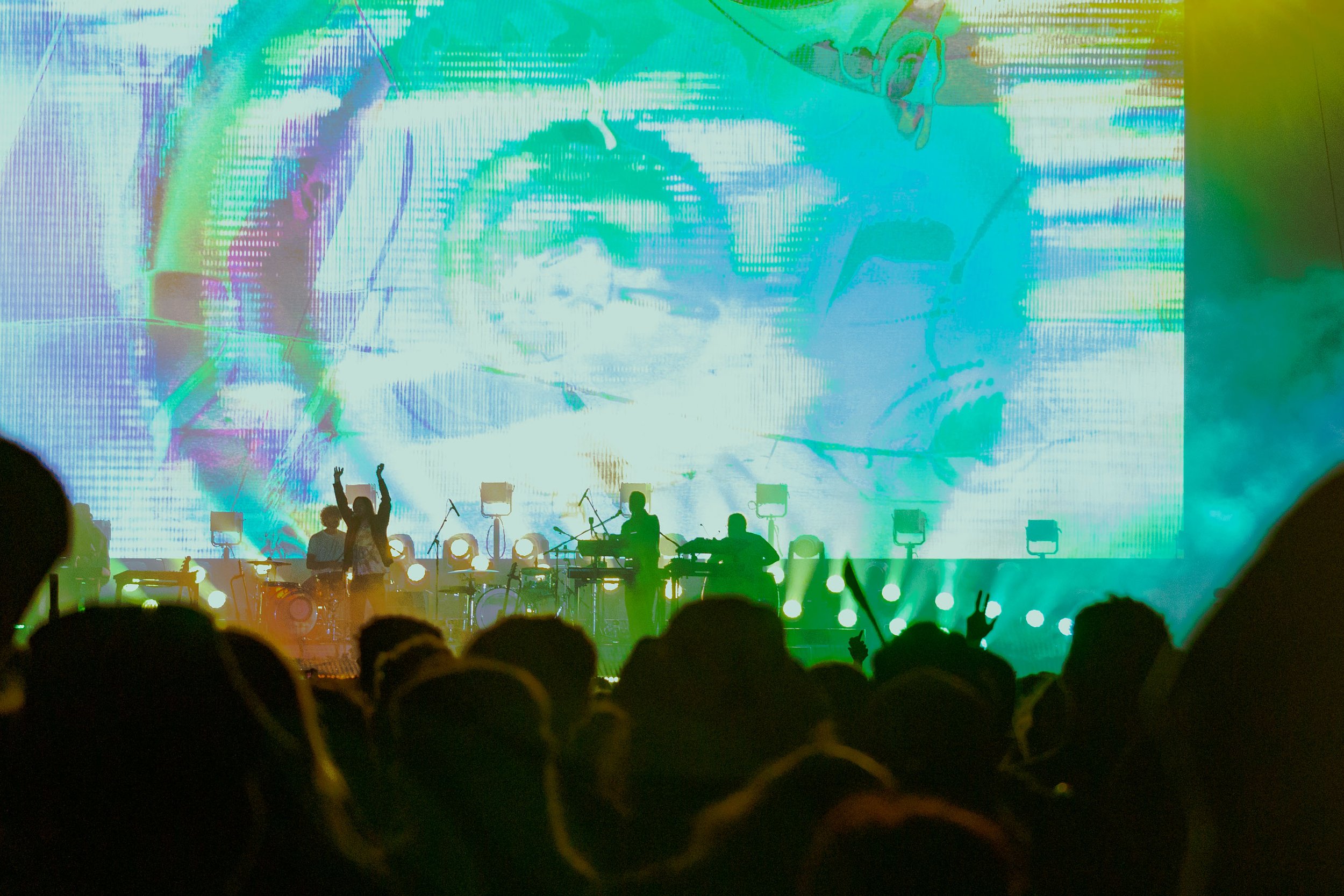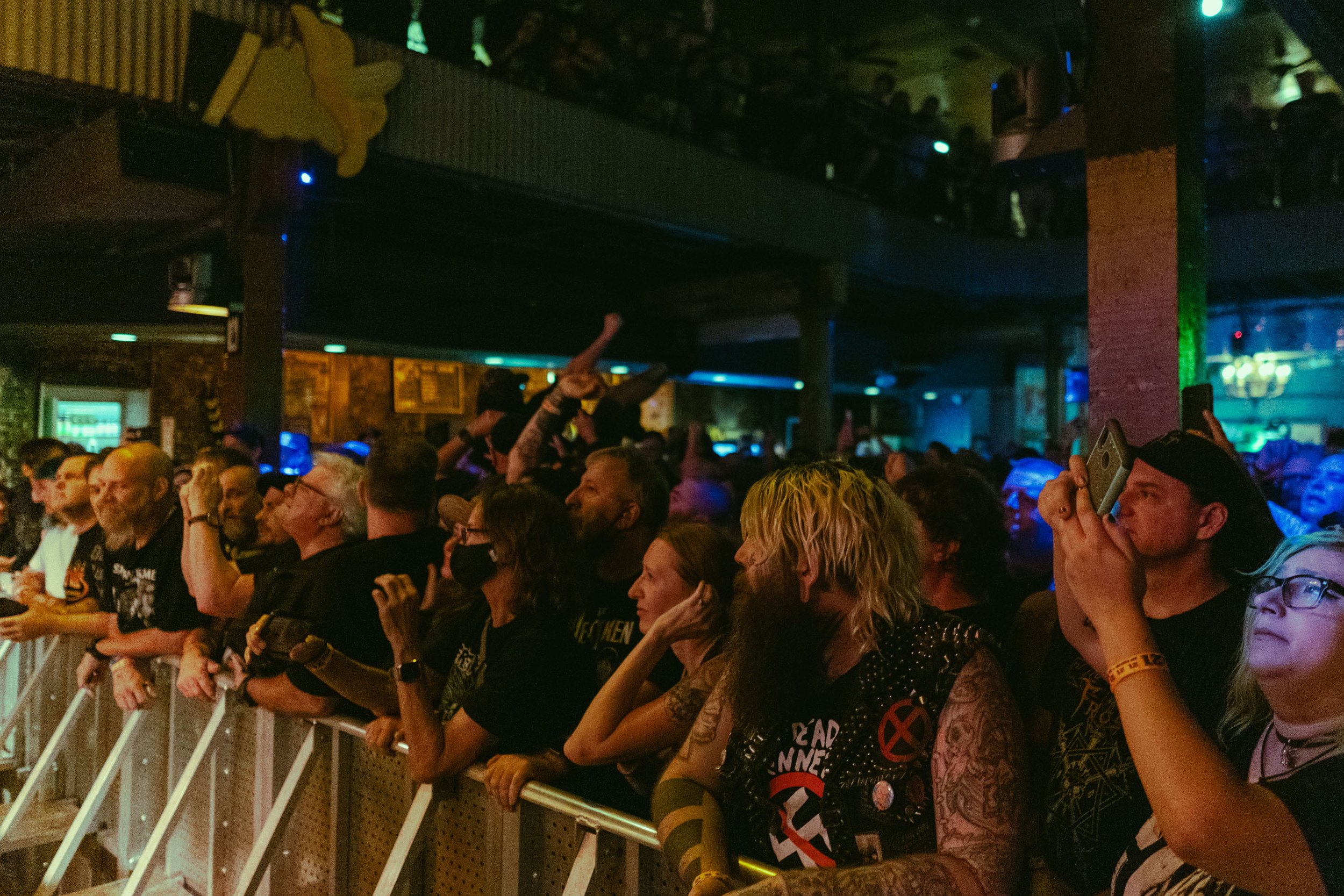The Linda Lindas were Stars in the Making Opening for Paramore

The Linda Lindas, by Zen Sekizawa
The all-girl punk pop band showed their age and what the can grow into at the Smoothie King Center recently on the Paramore tour.The all-girl punk pop band showed their age and what the can grow into at the Smoothie King Center, where Paramore made a fan’s dream come true.
On Thursday, July 6, The Linda Lindas took the Smoothie King Center stage as Paramore’s opening act. A four-piece girl band composed of members between the ages of 12 and 18, the group’s walkout appeared more akin to a school talent show than an arena tour. Once The Linda Lindas began to play, their prodigious talent was immediately clear.
Opening with “Linda Linda,” a bonus track added to their debut album Growing Up, sisters Lucia and Mila de la Garza alternated vocals as they weaved through Japanese verses and a chorus in Spanish, layered over a lively power pop instrumentation. Half Asian and half Latinx, the group’s multicultural background is evident in their music, with lyrics featuring a mix of English, Spanish, and Japanese. Earnest and unapologetic, their indie punk sound revealed a strong Best Coast influence, likely a product of their 2018 Girlschool LA performance with Best Coast’s Bethany Cosentino and Bobb Bruno.
It was clear in their stage presence that the nascent musicians were still in the process of learning what it means to be performers, which makes perfect sense given their almost unbelievably young age. However, the band’s amateur charisma was no reflection of their talent or ability. They’re obviously skilled musicians and vocalists and their youth added a layer of excitement to their music, a sort of passionate clumsiness that imbued in the audience a sense of both pride and endearment.
Without trying to be anything they are not, the band’s music reflects their age. The entertainment industry often forces children to play the role of young adults, but The Linda Lindas seem to revel in their youth, with songs like “Growing Up” that reveal with refreshing honesty the tender experience of adolescent friendship: “We’ll sing about things we don’t know, / we’ll sing to people and show / What it means to be young and growing up.”
Between songs, The Linda Lindas shared with the crowd candid reflections on their experiences as a band: the surrealism of opening for Paramore as teenagers (and in the case of 12-year-old Mila, as a preteen); a disclaimer from guitarist and vocalist Bela Salazar before “Cuántas Veces” that her Spanish isn’t that great; and a denunciation of the transphobia and racism at the forefront of today’s pressing social issues.
On par with any teenage existence, the group’s repertoire featured a diverse range of emotion, from joy to insecurity to rage, each band member’s vocals bringing a different quality to the music. Lucia and Mila’s sing-songy exchanges complemented Bela’s bold melodies to create an indie/alternative sound, while the band’s more punk songs like “Fine” and “Racist, Sexist Boy” centered bassist Eloise Wong’s rebellious vocals, a gritty homage to Bikini Kill’s Kathleen Hanna.
With their contagious energy, The Linda Lindas’ performance succeeded in preparing the crowd for Paramore’s arrival, albeit with an interjection from British rock band FOALS, the evening’s second opener. As the main act took the stage following a recorded monologue, the arena’s audience of 17,000 or so loudly rejoiced at the sight of Paramore’s Hayley Williams, her two-piece outfit matching her pastel lavender-dyed hair. Williams was joined by core members guitarist Taylor York and drummer Zac Farro, in addition to four touring members. The group opened their set with two songs off their most recent album, This Is Why (2023), before embarking on a journey through their nearly 20-year-long discography, with a few bonus tracks thrown into the mix—specifically, “Crystal Clear” off Hayley Williams’ 2020 solo album Petals for Armor and “Baby,” the latest single from HalfNoise, Farro’s solo project.
Arguably, the climax of the night was ushered in by the band’s highly anticipated performance of “Misery Business,” during which they bring onstage a member of the audience to join them for the bridge. On this night, Williams scanned the crowd before selecting a fan named Javier, whose poster stated that it was his sixteenth attempt at being the chosen one.
As Javier took the stage, visibly overcome with excitement, even those left in the crowd couldn’t resist sharing in his joy. In this moment, each member of the audience became part of something greater than themselves, a palpable ecstasy overtaking the arena. The few minutes that Javier sang alongside Williams, encouraged by a cacophony of cheering from the audience, proved to be a microcosm of the power of live music: the ability to create a collective moment, a joy that cannot be broken.






